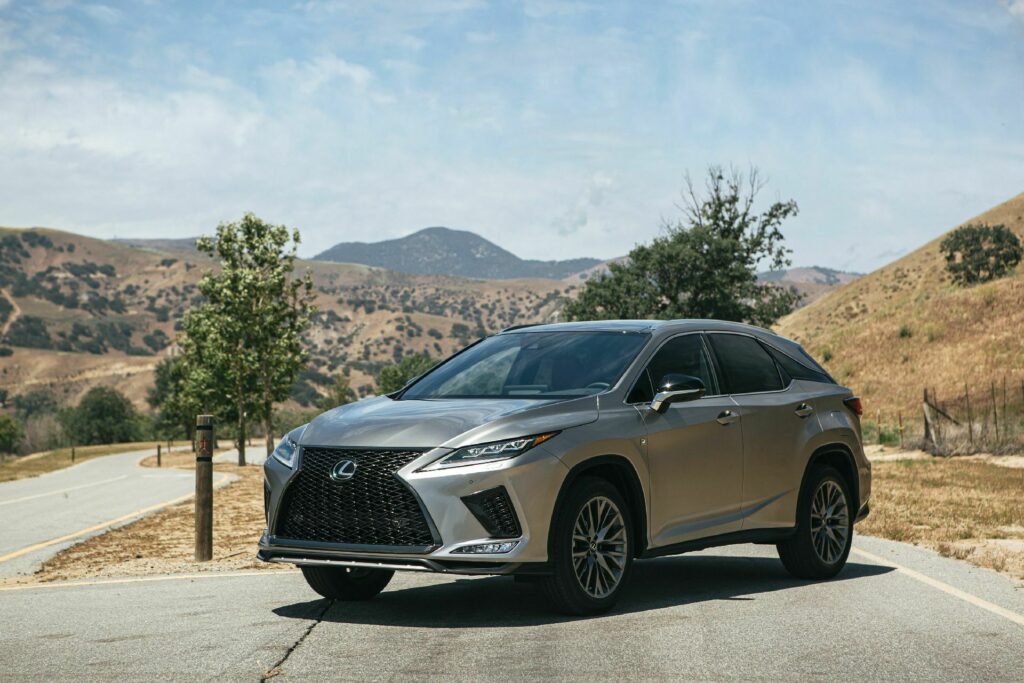- Over a decade ago, Lexus issued a bulletin for clogged HVAC drain hoses in vehicles.
- The company’s proposed fix was a $30 cap to stop insects from nesting in the hoses.
- Affected models include Lexus vehicles from 2015 to 2022, such as the ES, GS, LS, and RX.
Lexus is facing a lawsuit in the United States over an issue involving clogged HVAC drain hoses. Plaintiffs allege that this design flaw has been plaguing several Lexus models since they rolled off the production line, resulting in water leaks that can damage interiors and leave owners footing hefty repair bills.
According to the lawsuit, the drain hoses, which are supposed to channel water safely out of the vehicle, can become clogged. When this happens, water may seep into the cabin, leading to mold and mildew growth, unpleasant odors, and even safety concerns if electrical components are compromised.
Lexus Won’t Reimburse Owners, Refuses Warranty Coverage
Interestingly, Lexus issued a technical service bulletin (TSB) related to clogged HVAC drain hoses over a decade ago. In the TSB, the Japanese company said the hose could become “obstructed with an insect nest,” and as such, an insect-repellent drain hose tip could be fitted to the hose to prevent this from happening. This hose tip cost approximately $30.
More: 2026 Lexus ES Debuts With A Bigger Display And Mild Tweaks In China
Despite this preemptive fix, plaintiffs claim that Lexus has refused to cover repairs under warranty for vehicles affected by clogged hoses. Owners who have paid for repairs out of pocket have reportedly not been reimbursed either. The lawsuit names several plaintiffs, including Sara Hadi (2022 Lexus RX350), Jun Imaizumi (2020 Lexus RX350), and Yan Dong (2021 Lexus RX450h), as representative cases in the class action.
Even The LFA Wasn’t Immune
According to Carcomplaints, most models involved in the lawsuit are volume-selling vehicles. They include the Lexus CT 200h, ES 350, ES 300h, GX 460, HS 250h, LS 460, LS 600h L, RX350, RX350 (NAP), and RX450h, all of which were manufactured from the 2015-2022 model years.
However, even the limited-run Lexus LFA supercar has also been named as one of the impacted cars. Made between 2010 and 2012 in just 500 units, of which 150 were initially earmarked for North America, the halo model for the Lexus brand was hand-built by a special team of engineers at Toyota’s Motomatchi plant in Japan.
The LFA sported a carbon fiber chassis and a naturally aspirated 4.8-liter V10 with an output of 553 hp. That fast-revving (idle to redline in 0.6 seconds, Lexus claimed) and great-sounding V10 was universally praised, as was its handling, thanks to a near-perfect weight distribution, and unique interior.




